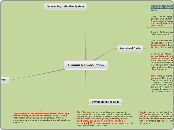av Sam C för 13 årar sedan
4261
Human Reproduction
Fibroids are non-cancerous tumors that develop in the uterus, often between the ages of 35 and 45. While their exact cause is unclear, they tend to be larger in women taking contraceptive pills.

av Sam C för 13 årar sedan
4261

Mer av detta